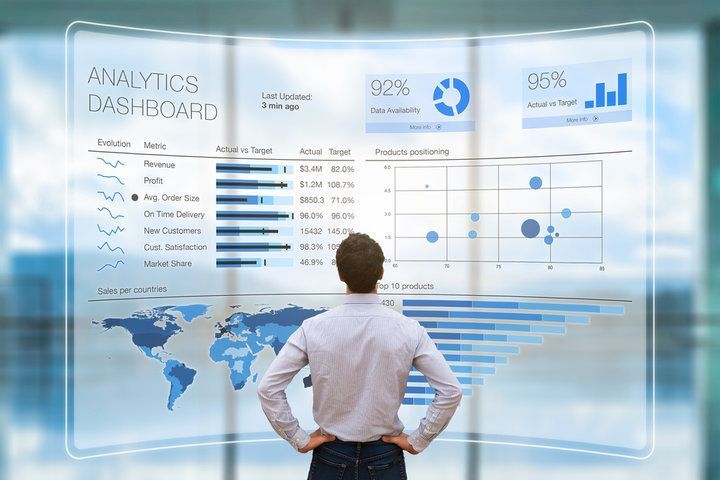Why do you need business intelligence in the age of big data? BI tools make data-driven decision-making a tangible, speedy reality
In this article, we’ll do a deeper dive on another question IT leaders will face - the “why” behind BI – specifically, why is it important?
Explaining the “why” of a particular technology matters greatly to any internal evangelism, especially during budget season or in any scenario where there’s cultural resistance to adoption or usage.
Benefits of BI
n BI’s case, this sort of evangelism often involves reminding people of its importance, since the discipline and corresponding technologies the term represents have been around for decades. In large enterprises in particular, BI has probably been around in some form for long enough that it goes relatively unnoticed, even by people who rely on it every day.
BI’s importance fundamentally boils down to this: It’s the practice of making data-driven decision-making – long the rage in business and other contexts – a tangible reality.
Data, workflows, and collaboration are intersecting, and whether it’s adjusting supply chains or deciding which product lines to focus on, it’s clear that intuition is nothing without data-based insight. Business Intelligence is poised to yield more value going forward with more data sharing between enterprises. The digital ecosystem is one that can grow in an open, collaborative environment, yielding more meaningful insights for the end consumer. This can be the patient in the healthcare ecosystem, the consumer walking into the retail store, the human with their device of choice, or the passenger in their transport of choice, etc. Culture is more often the barrier to the advancement of such collaboration than technology. The prevailing mindset of the data stewards across the extended enterprise will determine the value that Business Intelligence can provide going forward.
BI catalyses rapid decisions
The term “data-driven decision-making” doesn’t fully encapsulate one of its important subtexts: People almost always mean fast decisions.
This distinction matters because it’s one of the capabilities that modern BI tools and practices enable: Decision-making that keeps pace (or close enough to it) with the speed at which data is produced.
Data is now produced so fast and in such large volumes that it is impossible to analyse and use effectively when using traditional, manual methods such as spreadsheets, which are prone to human error. The advantage of BI is that it automatically analyses data from various sources, all accurately presented in one easy-to-digest dashboard.
Sure, everyone talks about the importance of speed and agility across technology and business contexts. But that’s kind of the point: If you’re not doing it, your competitors almost certainly are.
Take the guess work out!
There’s a difference between a gut call and a wild guess. BI is about making information readily available and accessible to the people who need it to do their jobs at any level of the organization.
The challenge is that we often have too much information. Moreover, it’s often incomprehensible in its raw form, or would require incredible amounts of time to sift through for value. This is the proverbial needle in a haystack – except the haystack gets bigger by the day.
BI done right presents information in a usable form that gets rid of a lot of the “hay,” allowing end users to actually utilize the data they’re presented with. This is why many tools and platforms place a heavy emphasis on dashboards and visualization as the primary UX/UI.
Business intelligence platforms with strong data modelling capabilities can turn disparate databases into a single source of truth that defines a company’s business logic. This can then be used across the entire company, so everyone is using the same language to represent critical KPIs and data.
BI &AI
A different form of technology-fuelled intelligence – artificial intelligence – has decidedly more star appeal than traditional BI. But BI and AI aren’t mutually exclusive; they’re increasingly intertwined.
The pairing of BI and AI can bring more automation to areas like data analytics and corresponding actions or responses to the analysis, for example, requiring less human intervention on more mundane tasks. This is similar to security automation and the automation of certain kinds of incident responses triggered by data analysis. The goal is similar, too: Increasing speed and improving outcomes in the face of overwhelming amounts of information.
Another way to think of it: AI should improve BI, not replace it. It’s ultimately concerned with similar business goals and challenges.


